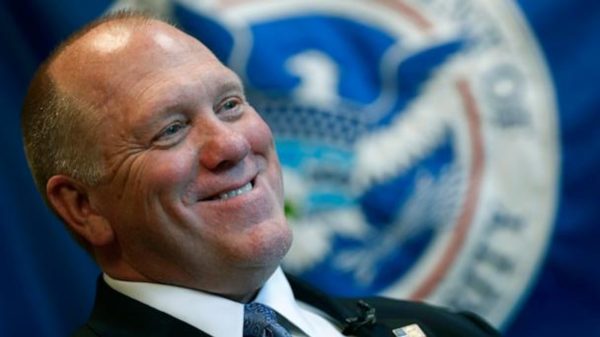The logic of dependency reduction always leads to a downward spiral. How much risk aversion is ever enough?

US drafting laws on de-risking China. (Source: CNBC)
US On Drafting Laws on De-risking to China
Kurt Campbell, the chief Asia diplomat for US President Joe Biden, implied in a recent interview that the US was nearly finished crafting new laws limiting Chinese access to technology and investment. Campbell claims that they have made an effort to clearly define the distinction between a narrow de-risking and a broad decoupling. The goal is to launch meaningful diplomacy with China after working on the creation of new legislation. But virtually by definition, the little moves taken so far have only served to dramatically reduce the risks posed by China, particularly in the event of a military conflict with Beijing. As a result, there will likely be an unanticipated downward de-risking cycle as calls for stronger sanctions against China increase in Washington policy circles.
The idea that de-risking to China has a logical endpoint—a point where risks related to China return to reasonable levels—is appealing. Biden’s team just released long-awaited restrictions on US participation in Chinese technology firms. Following significant internal debate, the regulations were tightly written, covering only a few categories, including artificial intelligence. Elsewhere, evidence of de-risking in semiconductors persists. Taiwanese chipmaker TSMC revealed plans in July to construct a new €10 billion factory in Germany. The plan, which is part of broader efforts to diversify global production, aims to reduce the danger of shortages in the case of a future conflict over Taiwan, where most modern semiconductors are manufactured.
All of this reflects a variety of Western quandaries about how far and how quickly to cut ties with China. Many people are relieved that the discussion of complete de-risking to China has been dropped. Instead, de-risking, a phrase coined earlier this year by European Commission President Ursula von der Leyen, has become frequently utilized. This appears to be a reasonable halfway position, avoiding the potentially disastrous total economic separation from China. De-risking is intended to concentrate on a small number of strategic industries, ranging from pharmaceutical supply to electric vehicle batteries. Typically, new measures try to mitigate vulnerabilities caused by over-reliance on Chinese supplies, which Beijing may use to gain leverage in an international conflict, with those supplies perhaps shut off totally in a crisis.
US Will be Pursue Cutting Ties with China
Semiconductors are just one example, with a special emphasis on TSMC, the world’s largest producer. The chipmaker is in the midst of a push to globalize manufacturing, prompted by pressure from Taiwan to diversify production. In addition to its German plans, the corporation is investing $40 billion in new facilities in the United States and Japan. TSMC will manufacture around a fifth of its sophisticated chips outside of Taiwan by 2025, up from less than a tenth only a few years ago. Other businesses are taking similar steps. Intel is also planning a new manufacturing facility in Germany. Another Taiwanese company, UMC, is expanding production in Singapore. The ensuing change is substantial. According to Boston Consulting Group, the United States might control up to 16% of global chip capacity by 2025, up from roughly 10% last year.
All of this is pleasing to Western politicians. It shows that de-risking to China efforts are effective, reducing reliance on Taiwanese chips and preparing for a future confrontation. Taiwanese chip executives are less pleased in private. Taiwan is a great location for advanced chip manufacturing. The island’s massive, expensive industries are set amid a unique ecosystem of suppliers and skilled workers that is difficult to recreate elsewhere. In reality, they don’t want to make chips in the United States, where manufacturing is expensive and competent labor is scarce. TSMC has already cited labor difficulties for delaying output at its new Phoenix, Arizona, factory until 2025.
READ ALSO: Decision in US-China Solar Trade Probe Will Restructure Billions in Trade
















































